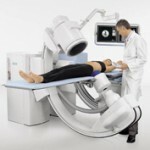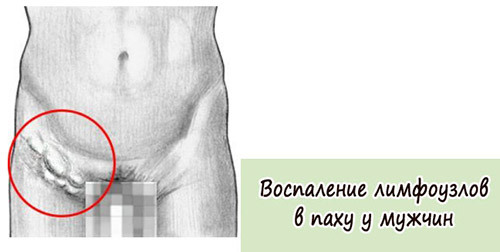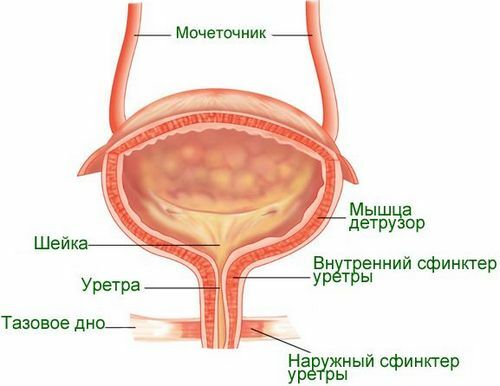All about urolithiasis
 Urolithiasis is one of the most common urological diseases that often leads to severe current and is prone to relapse. Urolithiasis is manifested in the formation of stones at any level of the urinary tract - ureter, urethra, bladder, etc. This disease occurs in all age categories, but most often affects people during the most active period of their life. In recent years, a tendency to an increase of the disease due to direct influence of certain adverse environmental factors
Urolithiasis is one of the most common urological diseases that often leads to severe current and is prone to relapse. Urolithiasis is manifested in the formation of stones at any level of the urinary tract - ureter, urethra, bladder, etc. This disease occurs in all age categories, but most often affects people during the most active period of their life. In recent years, a tendency to an increase of the disease due to direct influence of certain adverse environmental factors
Causes
primary cause of urolithiasis considered to be a hereditary predisposition to metabolic disorders, because of which form insoluble salts which are then formed into stones. However, even in the presence of a genetic predisposition, the ICD will never develop databases lack a variety of predisposing factors, in particular such as:
- In a sedentary lifestyle and sedentary work violated phosphorus - calcium metabolism.
- Various diseases of the urogenital system and kidney ( cystitis
- Constant lack of ultraviolet rays and vitamins also promotes stone formation.
- Diseases and injuries of bones( osteoporosis, osteomyelitis, etc.).
- The presence of chronic diseases of the stomach and intestines( colitis , chronic gastritis , peptic ulcer disease, etc..).
- The climatic factor plays a significant role - people living in hot climates sweat much more often, as a consequence of which the concentration of some salts in the body increases significantly and stone formation can begin.
- Inherited genetic characteristics of
Symptoms of
The most characteristic symptom of urolithiasis is pronounced pain in the lumbar region. The pain can be both blunt and acute, and be periodic or permanent. The nature of pain directly depends on the individual structure of the urinary tract, the size and location of the stone, the severity and degree of obstruction.
Often, the pain intensifies or arise as a consequence of a variety of physical activities, resulting in the stones are moved from his seat and begin to move through the urinary tract, causing this pain. Also, urolithiasis is often accompanied by a so-called renal colic - paroxysmal pain, which is caused by the blocked pathway of outflow of urine with a stone. There are cases when the ICD may be accompanied by tension and muscle distention, nausea, vomiting, and changes in the composition of urine
Treatment Treatment of urolithiasis is divided into conservative and surgical tool.
Conservative treatment is prescribed for patients with small stones and no complications of the disease. This type of treatment includes adherence to a special diet in conjunction with the use of certain medications. But unfortunately, due to frequently occurring complications, one has to resort to surgical intervention, as in some neglected cases it is necessary to go for complete kidney removal with the stone
Prevention
Special preventive therapy corrects the disturbed metabolism and is prescribed strictly according to individual indications based on the dataExamination of each individual patient. Without passing this therapy, for five years, about fifty percent of patients who have rid of stones with one of the existing methods of treatment, urinary stones begin to form again.
Also an important condition for the prevention of stone formation is considered a lifestyle change:
- Learn to avoid emotional stress.
- It is desirable to give up alcohol completely.
- Doing sports, in particular fitness( of course, without excessive physical exertion).
- People suffering from overweight should definitely reduce the calorie content of food.
In conclusion, I want to add that in no case should you start this disease and when you have the slightest unpleasant sensations in the lumbar region you should immediately contact a urologist.
More articles on the topic:
1. Pionephrosis 2. Renal colic



